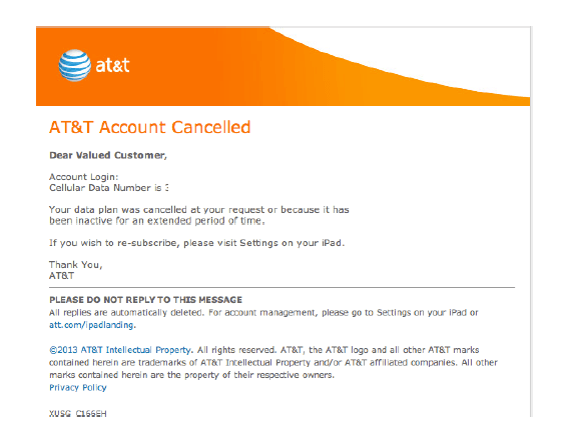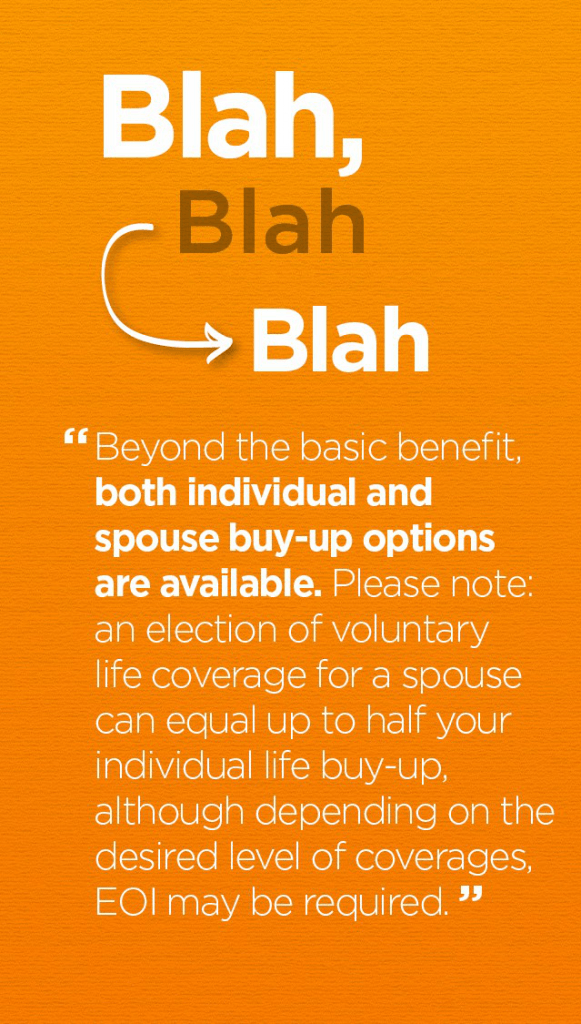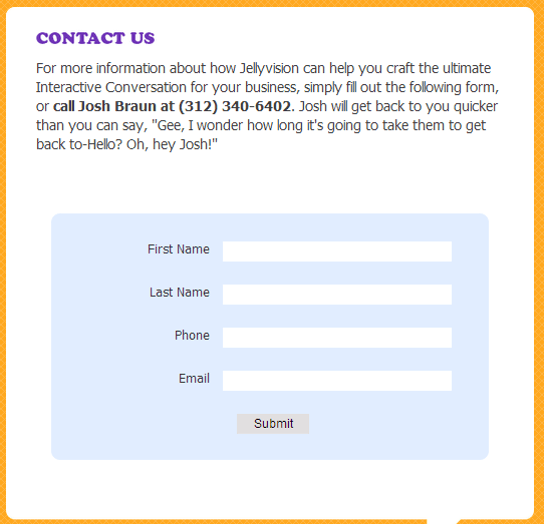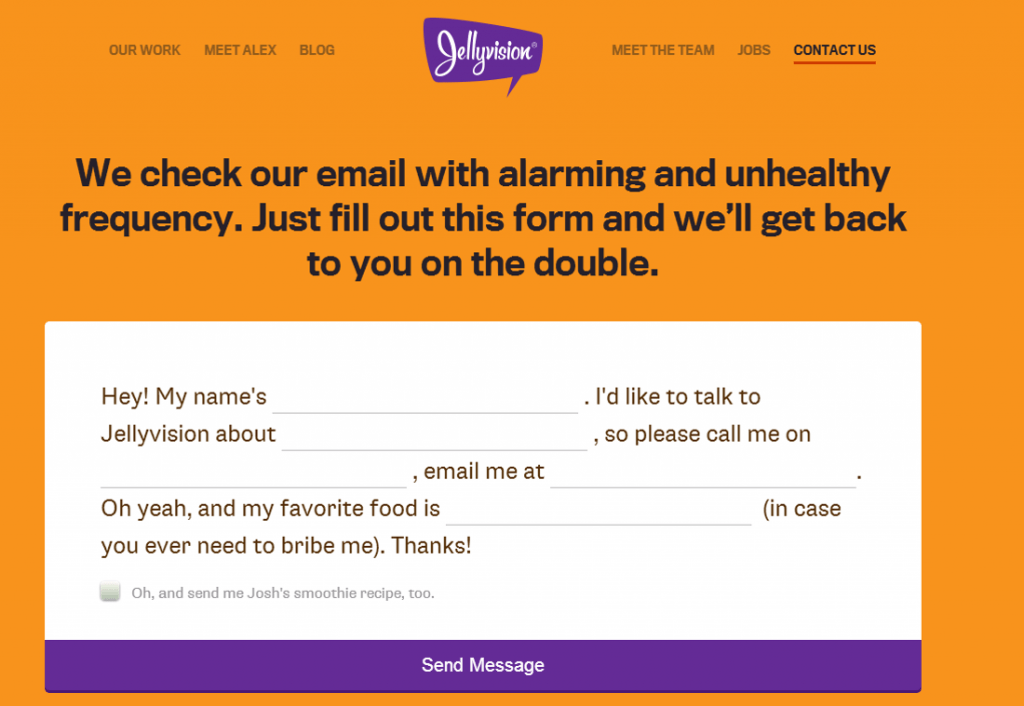 We’re living in the middle of an information explosion, which is preferable to a literal explosion, but still pretty bad if you’re a marketer.
We’re living in the middle of an information explosion, which is preferable to a literal explosion, but still pretty bad if you’re a marketer.
The sheer amount of information out there—online, in stores, in our inboxes—makes it extremely challenging to engage with customers and prospects. In fact, the average shmuck gets hit with almost 3,000 marketing messages per day.
So, in the midst of all this clutter, why are we still sending out emails like this?

Given our information overload, it’s more important than ever to connect with customers and prospects in a real way. To think of them like humans, and to speak to them like humans.
And not just because it’s nicer to treat people like humans and not like a demographic swath of your audience come to life. Speaking in human makes people listen, gets you leads, and builds loyalty.
Here’s a couple ways you can start speaking in human.
1. Write the way you talk.
Here’s a typical explanation of an employee benefit plan:

Not very engaging, right? Or even easy to decipher, really. This description is filled with jargon and elaborate explanations—elements that make your readers seek comfort in the arms of a nice, soothing GIF.
Here’s the same benefit plan, written as if you were having a natural conversation:

Same information, but much easier to understand—which makes it much likelier that your audience will listen and take action.
This sounds like a “duh” concept, but it’s actually really hard to do.
You’re intimately familiar with your company’s offerings. In fact, you’re such an expert on them that it’s probably hard for you to remember what it was like not to know everything about widgets or smart phone helicopter blades or what have you. This makes it extremely difficult for you to explain your product to a non-expert—i.e., your customers and potential customers.
This phenomenon is called the Curse of Knowledge, and studies have found that it’s a real, knotty obstacle to good communication. There’s a well-known psych experiment where a subject “tapped” out a song on a table, while another subject listened and tried to identify the song. 50% of the tappers estimated that the listener would be able to identify the song; however, only 2.5% of listeners could actually name that tune. When you’re the expert, everything seems obvious. When you’re the listener, everything is gibberish.
So to speak in human, you have to consciously examine your marketing materials for your knowledge bias.
I find it’s helpful to imagine myself having a chat with one of my favoritest clients, mentally explaining our new product (or the webinar that’s coming up next month, or whatever I’m trying to promote), and then jot down the “transcript” of the conversation that’s playing in my head.
2. Let people respond naturally.
Now that you’re speaking more like a person and less like a walking, talking whitepaper, wouldn’t it be nice if our customers and prospects could respond in kind? Unfortunately, we usually don’t let them.
As someone being marketed to, your channels of communication are usually limited to giant “Act Now!” buttons and forms. Maybe you get lucky and get to fill out a survey. (Where the answer choices don’t really reflect your feelings. Am I “satisfied” or “dissatisfied” with the napkins at my local Hot Dog Hut? Where is “don’t care”?)
Turns out, if you let people respond in a way that’s more natural, they’ll be more excited about talking to you. Here’s a real live example from our Jellyvision website. This is our old “Contact Us” form:
 And here’s our new “Contact Us” form:
And here’s our new “Contact Us” form:

The new form, which allows website visitors to talk to us in a more natural way, got a daily lead capture rate that’s 83% higher than the old form.
As you can see, we were bad little A/B testers and rolled out the contact form update with a host of other website updates, so can we attribute 100% of that uptick to the new form? Probably not. But it definitely helped. And in addition to more people filling out the form, we’re getting more data, so our salespeople can turn around and have a more human, personalized conversation with these leads.
So there you go. Communicate with your audience like you talk to real, live people, and let them talk human back to you. And try to speak in human in everything that you do, which includes login screens, autoresponder emails, contracts, everything.
Everything is marketing, and every touchpoint is a chance to connect with your audience on a real Homo sapiens to Homo sapiens level.

